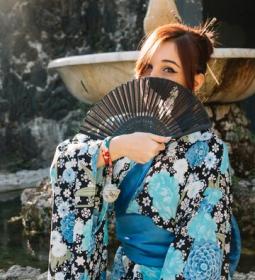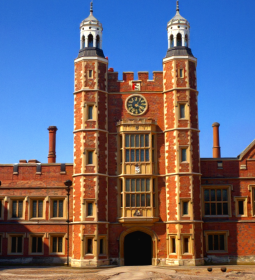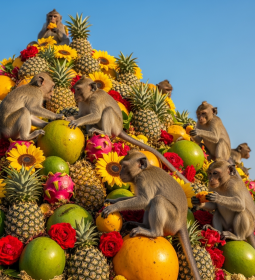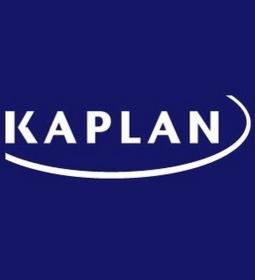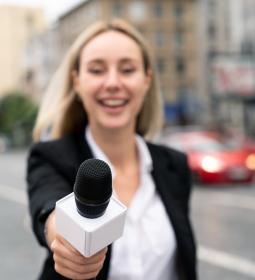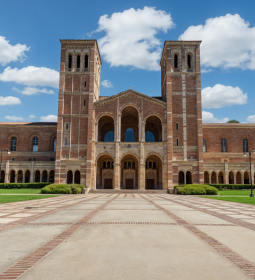American high school students are fighting for high test scores to increase their chances of getting into cool colleges. And although academic performance and tests will undoubtedly help in this difficult matter, their availability is not enough for admission. First of all, we are talking about the oldest institutions in the country, whose reputation has been earned by years of service to the country, academic achievements, the contribution of outstanding teachers and graduates, as well as large donations.
A few digits:
- Seven of the 10 most competitive colleges are Ivy League schools.
- The 10 colleges with the highest competition on average open their doors to only 7% of students.
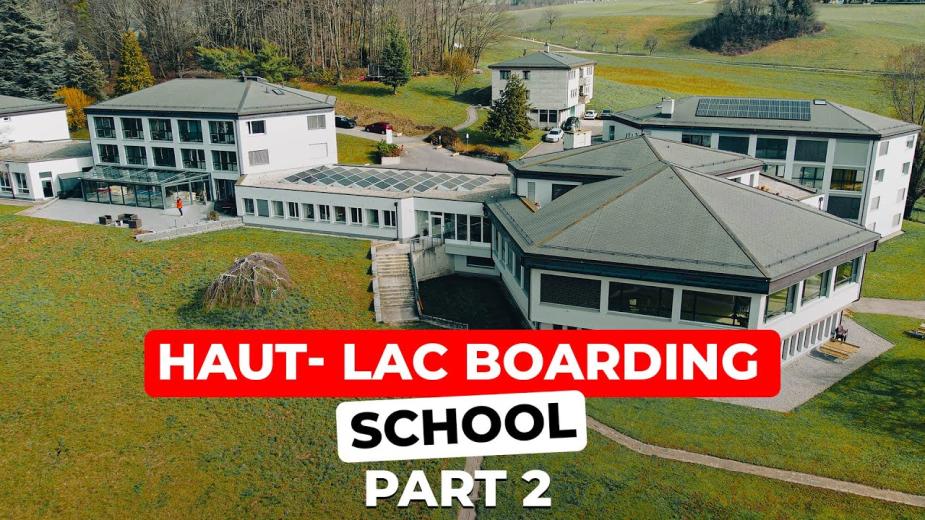
Columbia University
Of the 60 500 thousand applicants, only 2358 were successful, which is 3.9%. Here a holistic approach to the procedure for admission to the bachelor's degree is applied, the experience and biography of all students, their academic achievements are evaluated. To assess academic performance, attendance and academic performance, a variety of selected courses are ranked.
In addition to the educational component, the admission committee takes into account the factors of extracurricular activities and the availability of letters of recommendation: the involvement of students in elective and social work is considered convincing evidence of readiness and ability to contribute to the development of the university.

Stanford University
Of the 55,471 students, 2200 (3.9%) were selected. Slightly behind Columbia, Stanford this year received 10 thousand more applications from applicants. There is a similar selection system, based on a combination of academic and personal results.
Harvard University
Of the 57,800 people, 2320 people, or 4%, became happy holders of a campus pass this year. For some faculties, for example, Harvard Medical School, this figure is even worse.
Most applicants are already highly qualified, so much attention is paid to letters of recommendation and interviews.

Massachusetts Institute of Technology
Of the 33,240 people, 4.1% – 1365 people – received a ticket to the leading technological school in the country, with an increase in applications by the previous year of a record 66%. The key parameter of the selection is the general compliance of the applicant with the requirements of the educational institution: students with a spirit of cooperation and are ready to help their neighbor, support and engage in joint work in the name of a big goal are accepted here with a great desire.
Princeton University
Of the 37,500 applicants, 1645 achieved success - this is 4.4%, competition increased by a third compared to last year (5.6%).
In addition to high academic achievements, IVI (the so-called colleges that are part of the Ivy League) welcomes students with achievements in extracurricular activities, inclined to intellectual work, inquisitive. Selection is carried out through a combination of essays, interviews and motivational surveys.
Yale
Yale University not only manages to maintain an almost perfect gender and racial balance, but also maintain high standards: out of 47,000 applicants, only 2170 managed to get into the first year, the percentage of applicants does not exceed 4.6, although a year ago it was above 6.
Academic success takes a back seat to the admissions committee, prioritizing personal data: the ability to contribute to the community and make the most of the opportunities and resources offered by the school.

Brown University
Of the 46 500 people, 2570 passed the tests, which gives 5.5% of the effectiveness of applicants. The selection procedure is standard, based on a combination of assessment of academic and extracurricular indicators.
Duke University
2855 out of 49,500 – this result was given by the admissions at Duke University in Durham, North Carolina. This is 5.8%, while the number of applications increased by 21% compared to last year.
One of the nation's leading research universities, Duke evaluates applicants based on a synthesis of academic contribution. The assessment uses 6 factors, divided into 3 groups: academic achievement, personal interest and extracurricular activities.
University of Pennsylvania
Of the 56,000 applicants, 3304 were able to enroll, which is 5.9% of the total. UPenn's undergraduate program has become one and a half times more selective and fastidious - last year the share of admissions exceeded 8.6%.
Dartmouth College
Of the almost 30,000 applicants, 1750 were able to enroll, that is, only 6.2%.
Dartmouth is looking for determined and versatile job seekers who are ready to do anything to join his community. It is emphasized that the pattern of values includes mutual assistance and support. In return, the university provides an opportunity to use the full range of resources and opportunities of a first-class research university.


